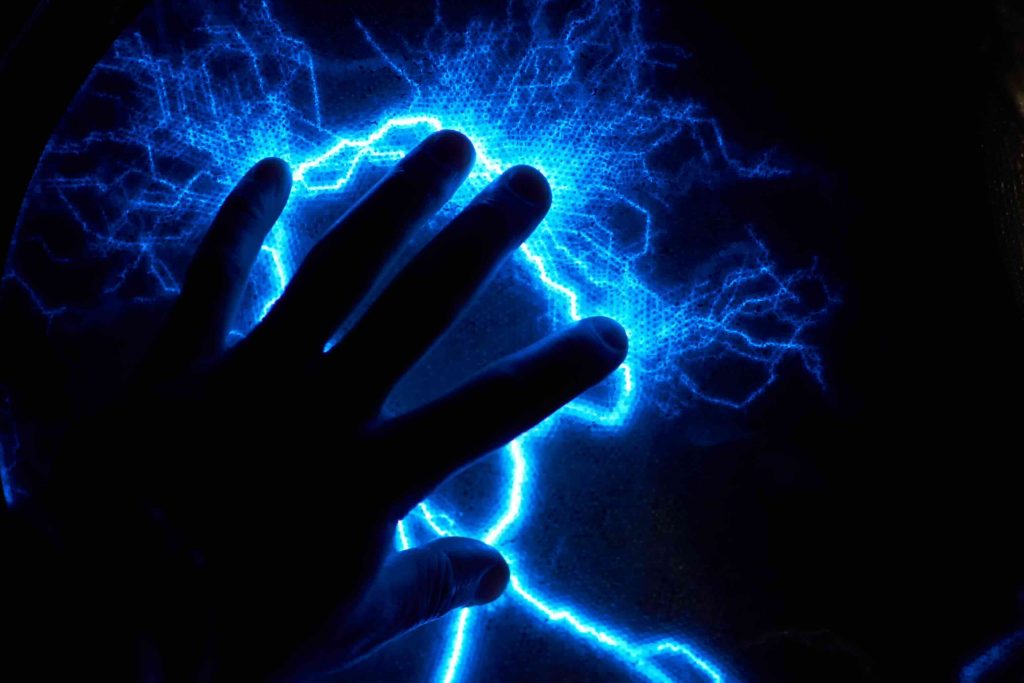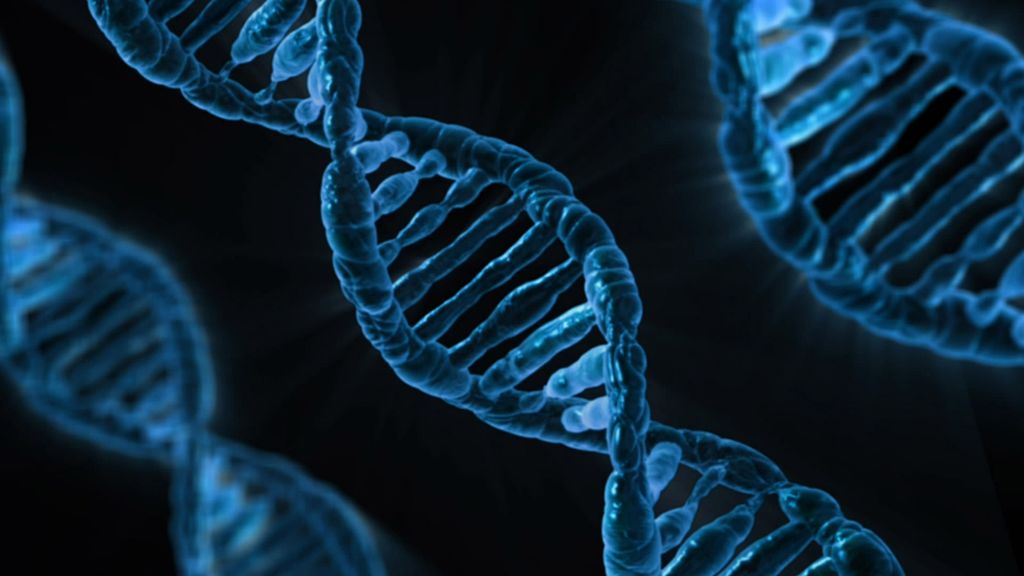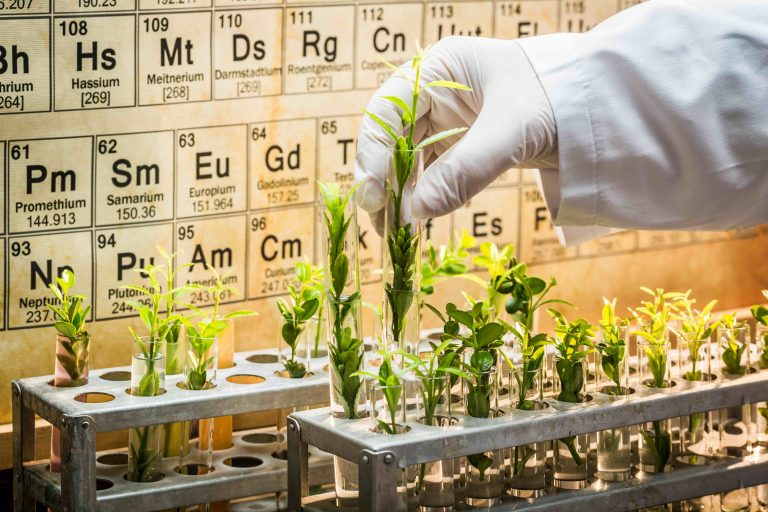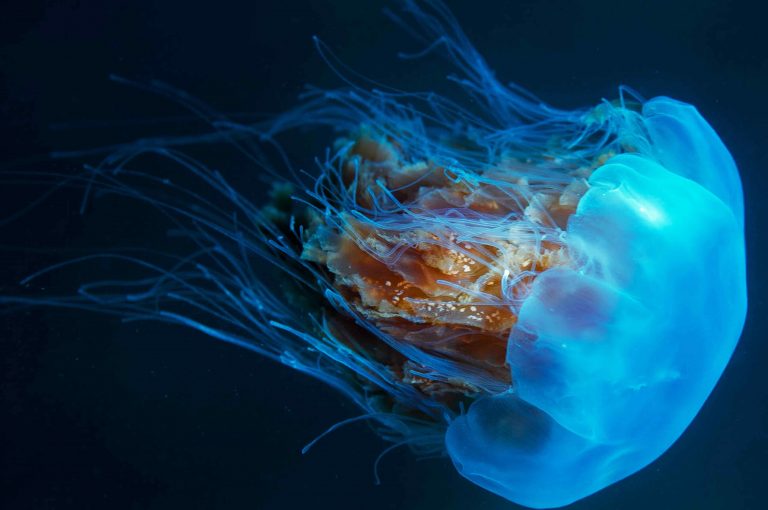
Science has shaped human history through groundbreaking experiments that expanded our understanding of the universe, nature, and ourselves. These pivotal moments not only answered key questions but also sparked revolutions in technology, medicine, and philosophy. Here are 10 experiments that changed the world forever.
10. Newton’s Prism Experiment
The Discovery of Light’s Secrets

Source: Kelvinsong, CC0, via Wikimedia Commons
Isaac Newton’s 1665 experiment with a prism revealed that white light is composed of a spectrum of colors. By refracting light and splitting it into a rainbow, Newton revolutionized optics and laid the foundation for modern physics.
Weird detail: Newton used a tiny hole in his window shutter to ensure only a narrow beam of sunlight entered his dark room for the experiment.
9. Galileo’s Leaning Tower Experiment
Testing Gravity’s Laws

Source: John Samuel, CC BY-SA 4.0, via Wikimedia Commons
According to legend, Galileo dropped two spheres of different masses from the Leaning Tower of Pisa to demonstrate that gravity affects objects equally, regardless of weight. Though the exact event is debated, his experiments transformed our understanding of motion and physics.
Weird detail: He later refined this concept by rolling spheres down inclined planes to measure acceleration more precisely.
8. Pasteur’s Swan-Neck Flask Experiment
The Death of Spontaneous Generation

Source: See page for author, CC BY 4.0, via Wikimedia Commons
Louis Pasteur’s 1861 experiment debunked the idea that life spontaneously arises from non-living matter. Using swan-neck flasks to prevent airborne microbes from contaminating his broth, Pasteur proved that microorganisms come from other microorganisms, revolutionizing microbiology and germ theory.
Weird detail: Pasteur’s findings also saved the wine and silk industries by identifying the microbes responsible for spoilage.
7. Mendel’s Pea Plant Experiment
The Birth of Genetics

Source: Bill Ebbesen, CC BY-SA 3.0, via Wikimedia Commons
Gregor Mendel’s meticulous breeding of pea plants in the mid-1800s revealed how traits are inherited. His identification of dominant and recessive traits laid the groundwork for modern genetics, though his work wasn’t recognized until decades after his death.
Weird detail: Mendel’s experiments were so precise that some critics accused him of fabricating his data—though later studies confirmed his results.
6. Milgram’s Obedience Experiment
Exploring Authority and Morality

In the 1960s, psychologist Stanley Milgram conducted an experiment to study how far people would go in obeying authority figures. Participants were instructed to deliver increasingly severe electric shocks to a “learner” (an actor) for incorrect answers. The results shocked the world—65% of participants continued to the maximum voltage, despite the learner’s apparent pain.
Weird detail: The “electric shocks” weren’t real, but participants believed they were, revealing the power of perceived authority.
5. The Michelson-Morley Experiment
The Death of the Ether Theory

Source: Case Western Reserve University, Public domain, via Wikimedia Commons
In 1887, Albert Michelson and Edward Morley conducted an experiment to detect the “luminiferous ether,” a hypothetical medium through which light waves were thought to travel. Their failure to find it paved the way for Einstein’s theory of relativity, fundamentally changing physics.
Weird detail: Their equipment was so sensitive it could detect movement smaller than the width of a hydrogen atom.
4. Millikan’s Oil Drop Experiment
Measuring the Charge of the Electron

Source: Billzweig, CC BY-SA 3.0, via Wikimedia Commons
In 1909, Robert Millikan determined the charge of the electron by observing how tiny oil droplets behaved in an electric field. This experiment confirmed the quantization of electric charge and advanced atomic theory.
Weird detail: Millikan was so meticulous that he repeated his experiment hundreds of times to ensure accuracy.
3. The Double-Slit Experiment
Unveiling Quantum Weirdness

Source: GONDRAN Alexandre, CC BY-SA 4.0, via Wikimedia Commons
First conducted by Thomas Young in 1801 and later expanded upon in quantum mechanics, the double-slit experiment showed that light behaves both as a particle and a wave. Modern versions reveal similar behavior in electrons, challenging our understanding of reality.
Weird detail: Observing the experiment changes its outcome—a concept known as the observer effect.
2. Watson and Crick’s DNA Model
The Blueprint of Life

Source: PublicDomainPictures, CC0, via Wikimedia Commons
In 1953, James Watson and Francis Crick unveiled the double-helix structure of DNA, the molecule that carries genetic information. Their work, based partly on Rosalind Franklin’s X-ray crystallography, transformed biology and medicine forever.
Weird detail: Crick reportedly announced their discovery in a pub, claiming they had “found the secret of life.”
1. The Large Hadron Collider’s Higgs Boson Discovery
Unlocking the Secrets of Mass

Source: Chris Mitchell, CC BY-SA 4.0, via Wikimedia Commons
In 2012, scientists at CERN confirmed the existence of the Higgs boson, a particle that gives other particles mass. This discovery validated the Standard Model of particle physics and solved a decades-old mystery.
Weird detail: The Higgs boson is nicknamed the “God Particle,” though physicist Leon Lederman originally called it the “Goddamn Particle” due to the difficulty in finding it.
Final Thoughts
These groundbreaking experiments demonstrate humanity’s relentless curiosity and ingenuity. From unraveling the mysteries of light and life to challenging the fabric of reality itself, these scientific achievements continue to shape our understanding of the world and beyond.


